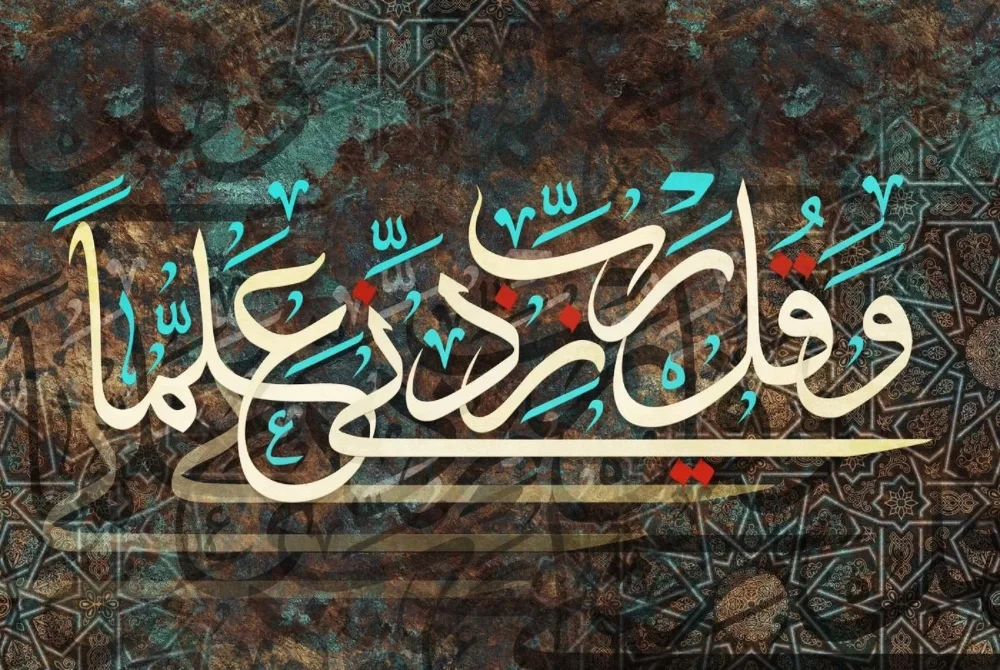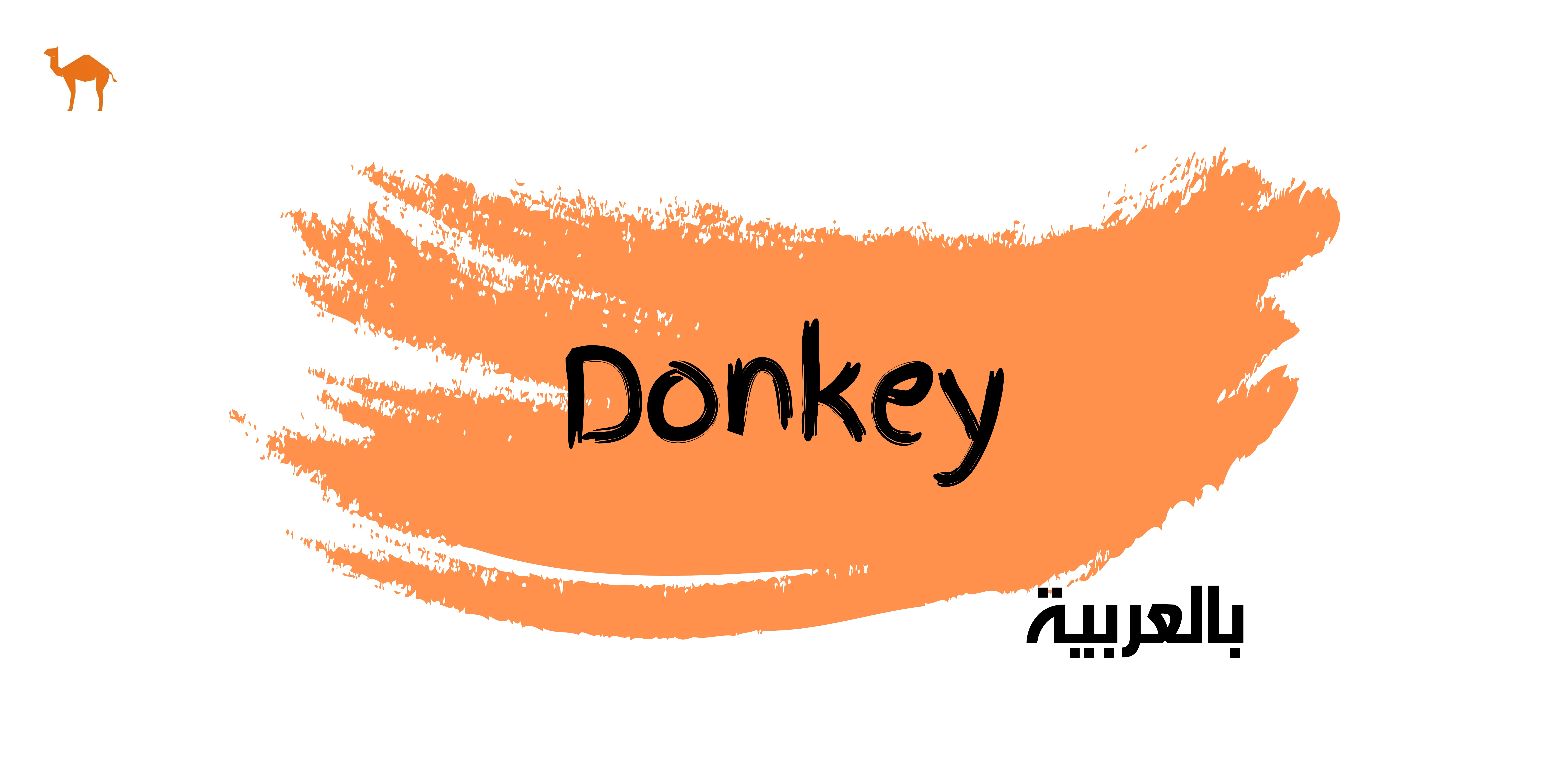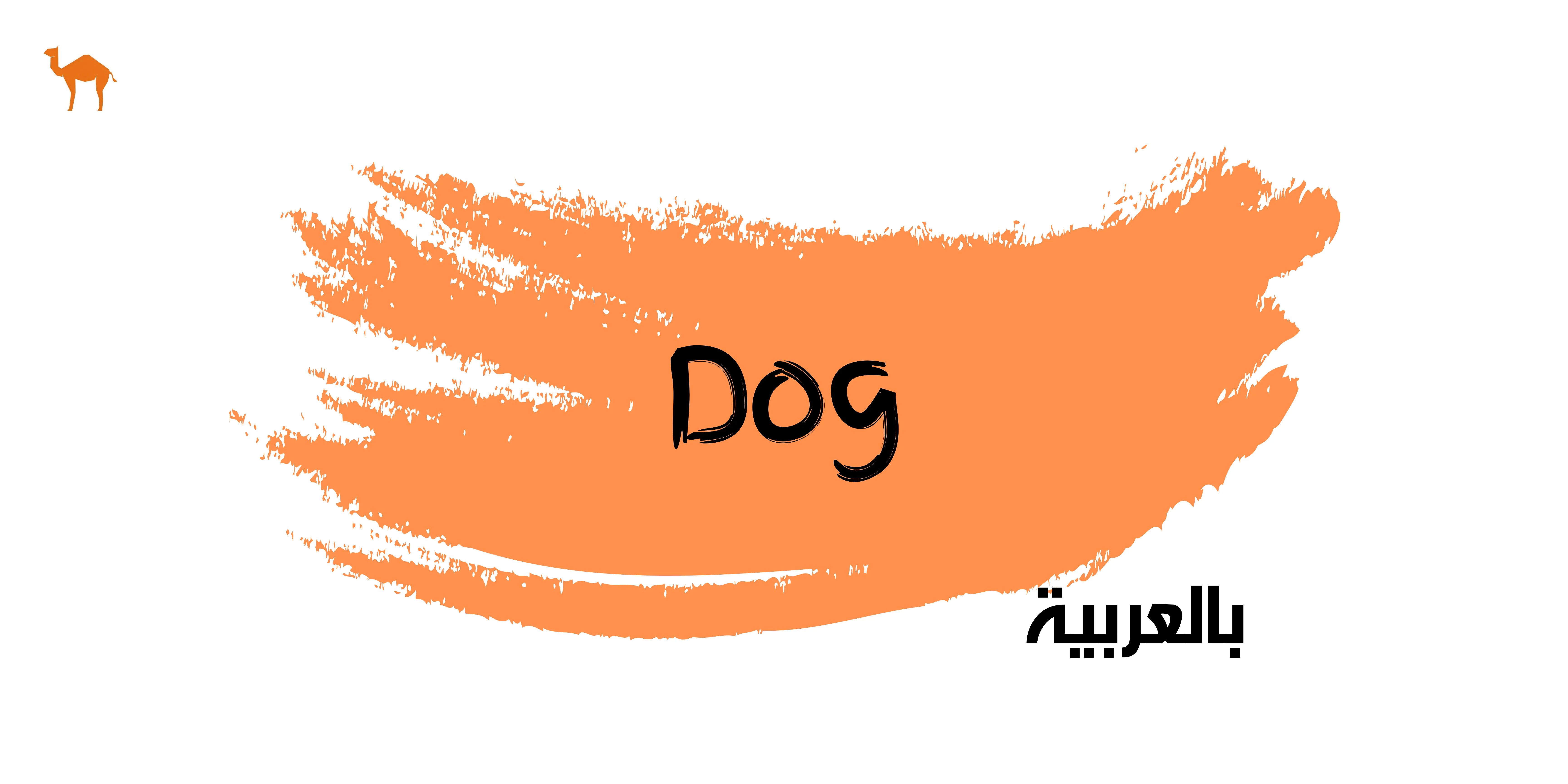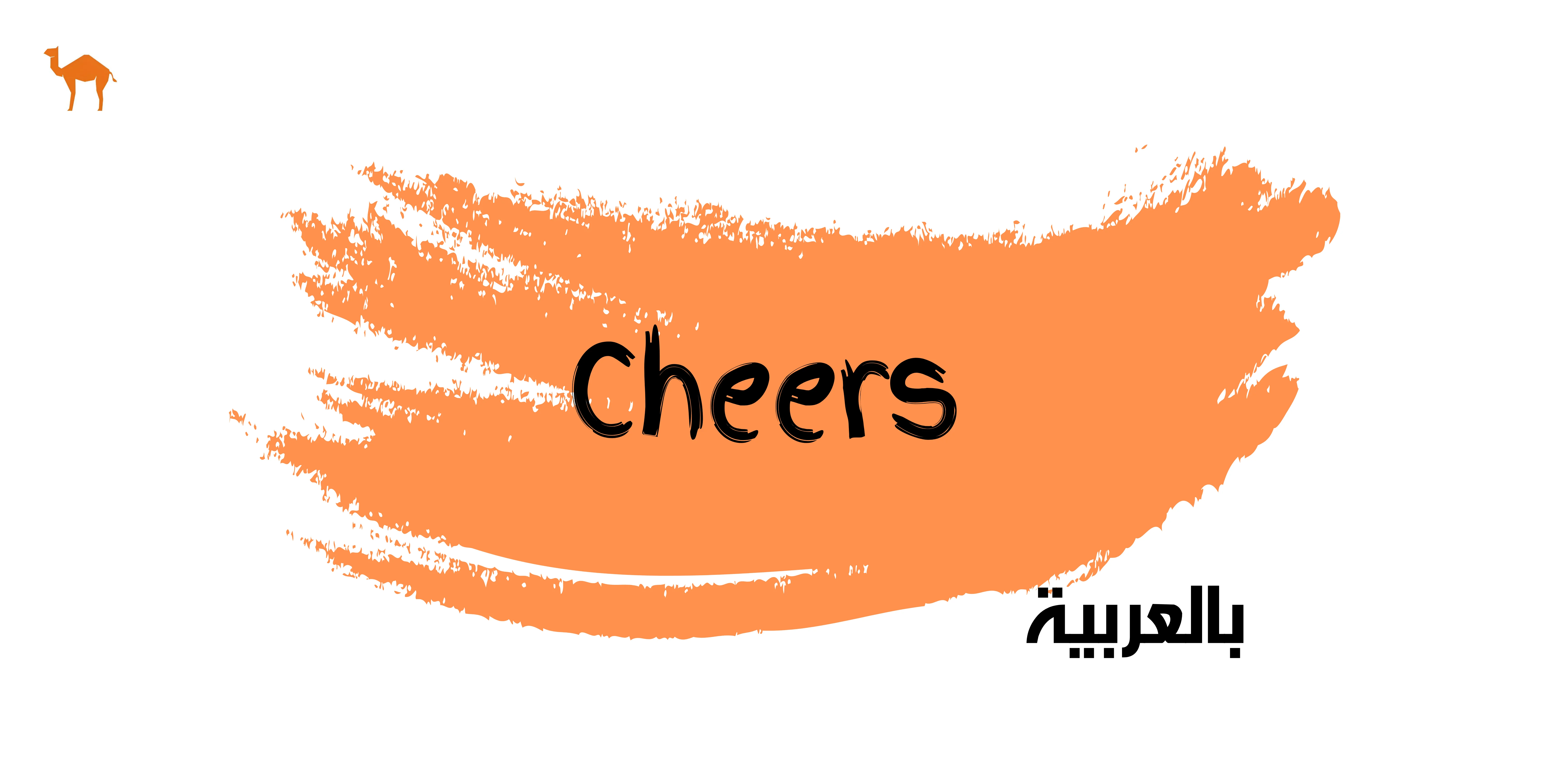Arabic Calligraphy for Beginners: Fonts & Types

The art of Arabic calligraphy has been enhanced and developed over the course of a millennia. It has been codified, stylized, and lent itself to abstraction. It has even struggled with the modern world and found renewed life in both art and typography. In this article, you will learn about the Arabic calligraphy - its history, styles and fonts.
Arabic Alphabet
The Arabic alphabet is one of the most widely used scripts in the world. Many scholars believe that the alphabet was created around the 4th century CE. The alphabet consists of 28 letters written from right to left. Each letter can be written in four ways, depending on where the letter is placed in a word. These four locations are also known as initial, medial, final and isolated. Read more: The Arabic Alphabet in English.
Arabic Calligraphy
From an artistic point of view, Arabic calligraphy has been known and appreciated for its diversity and great potential for development. In fact, it has been linked in the Arabic culture to various fields such as religion, art, architecture, education and craftsmanship, which in return have played an important role in its advancement. Although most Islamic calligraphy is in Arabic and most Arabic calligraphy is Islamic, the two are not identical. Coptic or other Christian manuscripts in Arabic, for example, have made use of calligraphy. Likewise, there is Islamic calligraphy in Persian or the historic Ottoman language.
The art of Arabic Calligraphy is known to be one of the most beautiful and elegant visual arts, which has developed significantly over many years, all around the world. This art preserves the writing of the Arabic language as well as the arabesque beauty that comes from within this Arabic Calligraphy art.
Arabic Calligraphy Implements
- Khamish pen
The Khamish pen also known as a reed pen is used by Arab, Turkish, and Iranian calligraphers. The reed of the pen is grown along rivers. Although this pen has been used for over 500 years, preparing the pen is a lengthy process. These pens are imported from Turkey and are made specifically for Arabic and Islamic calligraphy.
- Java pen
The Java pen is known for the tool's hardness and ability to create sharp edges. The pen is good to use for small scripts.
- Handam pen
The Handam pen consists of the same strength that the Java pen has. The pen is good to use for all kinds of scripts.
- Celi pen
The Celi pen is used for large writing in Arabic calligraphy. These pens are made from hardwood and cut and drilled.
Arabic Calligraphy Types
- ‘Althuluth’ Font
The ‘Althuluth’ font is one the most fascinating, and most difficult, fonts to perfect in terms of drawing and implementing. Arabic Calligraphers are not considered calligraphers if they have not yet mastered this style of calligraphy. In the past, calligraphers have used this font to decorate mosques and in writing the beginning of Quran Surah’s. However, it is usually limited to certain titles and sentences due to its difficulty and time that it requires to write.
- ‘Farsi’ Font
The ‘Farsi’ font is known for its distinct and beautiful print; it can be easily recognized from the clarity and lack of complexity of its letters. Usually, the ‘Farsi’ font begins with small letters and gradually increases solidity, with soft curves and stretched horizontal lines, utilizing enough space for creative innovation in drawing. The artist strategically connects a single word or two in a way that brings out a frame portraying an idea from his imagination. Some artists use two pens, one of which is one-third the thickness of the other, to add depth and boldness to the words.
- ‘Kufi’ Font
It is one of the most ancient fonts in the Arabic history, where its name and origin is taken from the city of Kufa in Iraq. This form of writing was traditionally used in big spaces, in other words carving on the walls of palaces, mosques and many other religious architectural buildings; consequently also naming it ‘Islamic Calligraphy’. The Kufi font includes over 30 types, each with its own beautiful and decorative touches. Some types include, square- styled Kufi, leafy-styled Kufi, nested-style Kufi, and sophisticated Kufi. There are endless decorative applications for the Kufi font, one of which include the common saying of ‘Alan wa Sahlan’/’Welcome’.
- ‘Diwani’ Font
Also known as the ‘Sultani’ font and has been given that name due to its association with the court of the Ottoman Sultan, where it was used in writing various correspondences. This form of font rotates and overlaps letters, which was developed by the Turks who were using Arabic letters in their language, ultimately leading them to developing the ‘Aldiwani’ and ‘Ruq’a’ fonts instead of the ‘Farsi’ font. Till this day, the ‘Diwani’ fonts are used to write on ribbons and medals.
- ‘Ruq’a’ Font
The ‘Ruq’a’ font is considered to be the simplest of all fonts and the fastest to master, which made it easy to spread amongst the people.
- ‘Alnaskh’ Font
‘Alnaskh’ font is considered to be a segment of the ‘Althuluth’ font and is used to duplicate and make copies of the Quran. This form of font simplifies writing and reading due to the small size of the connected letters.
Writing Arabic naturally forces you to become familiar with the shapes of the letters, furthermore, you will improve your handwriting through the learning journey. If you want to become more fluent in Arabic along with improving your wrinting skill, don't miss eArabic's Arabic lessons. Book a free lesson now!


